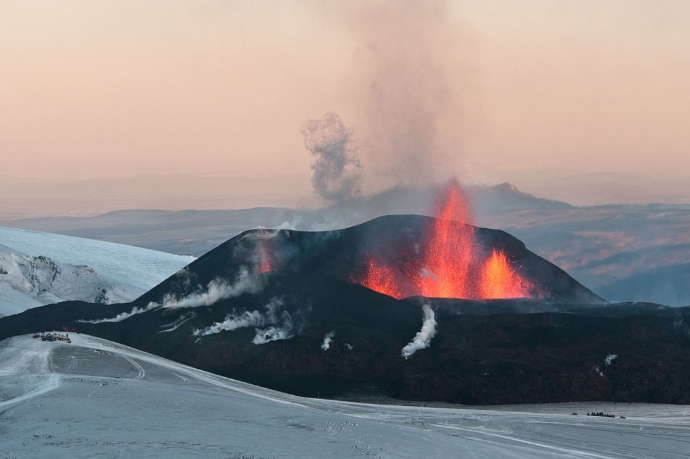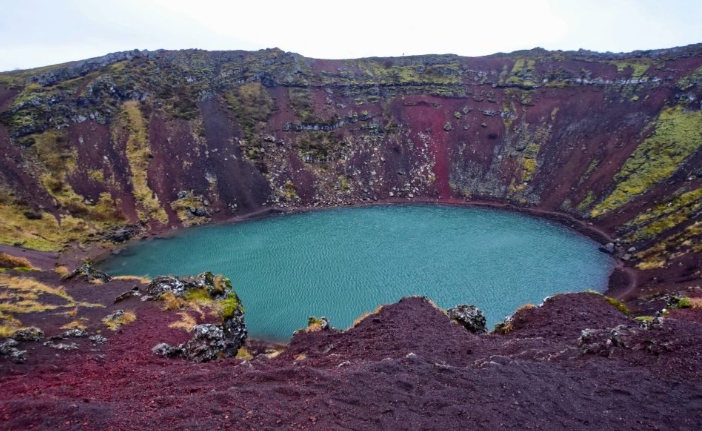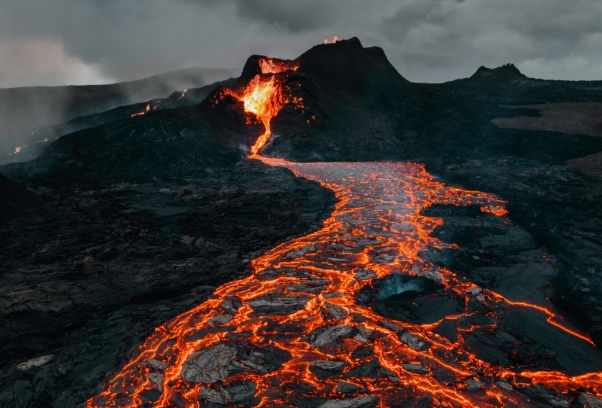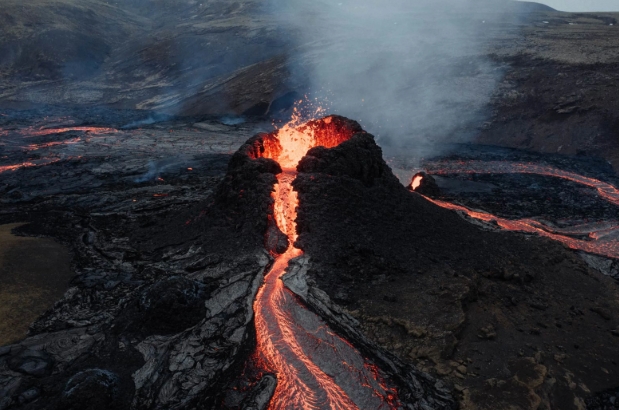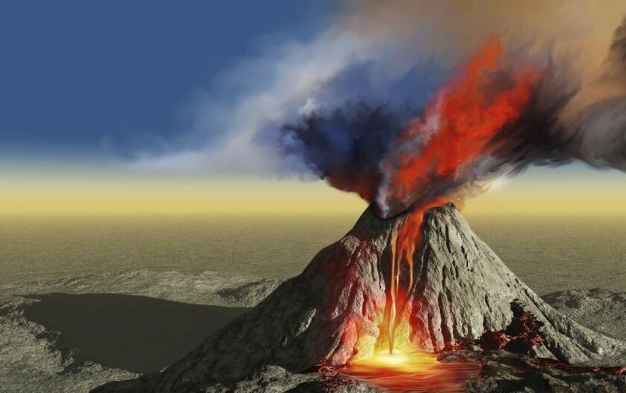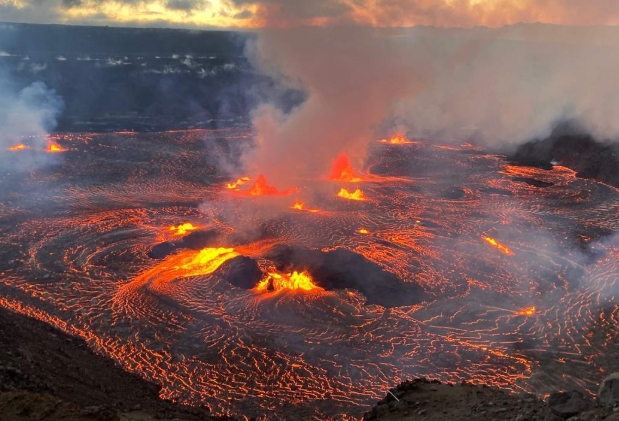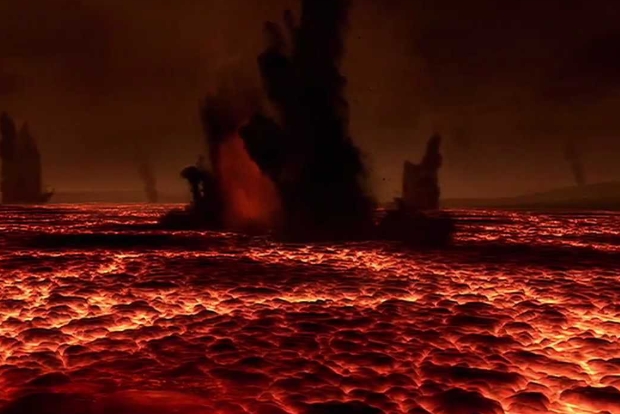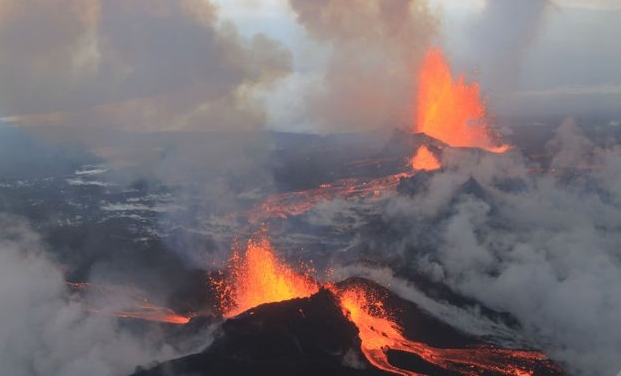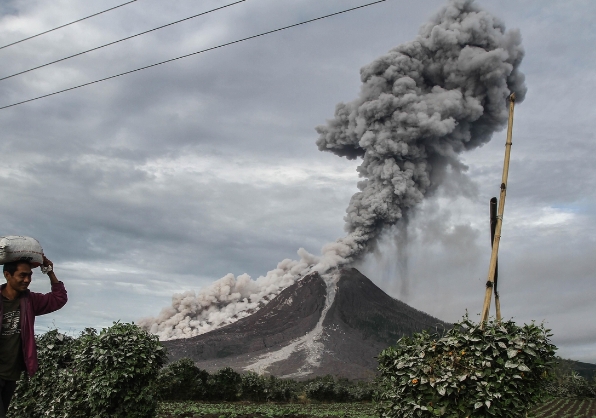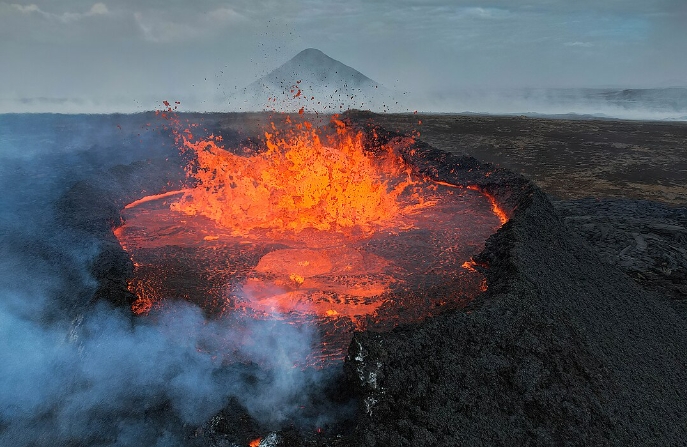vulkan definition
Understanding Vulkan: A Comprehensive Definition Vulkan is a high-performance graphics API designed to work across platforms and provide more control over GPU hardware. What is Vulkan? Vulkan is a low-level graphics and compute API that gives developers more control over the GPU hardware, allowing them to optimize performance and create more efficient applications. Key Features […]

